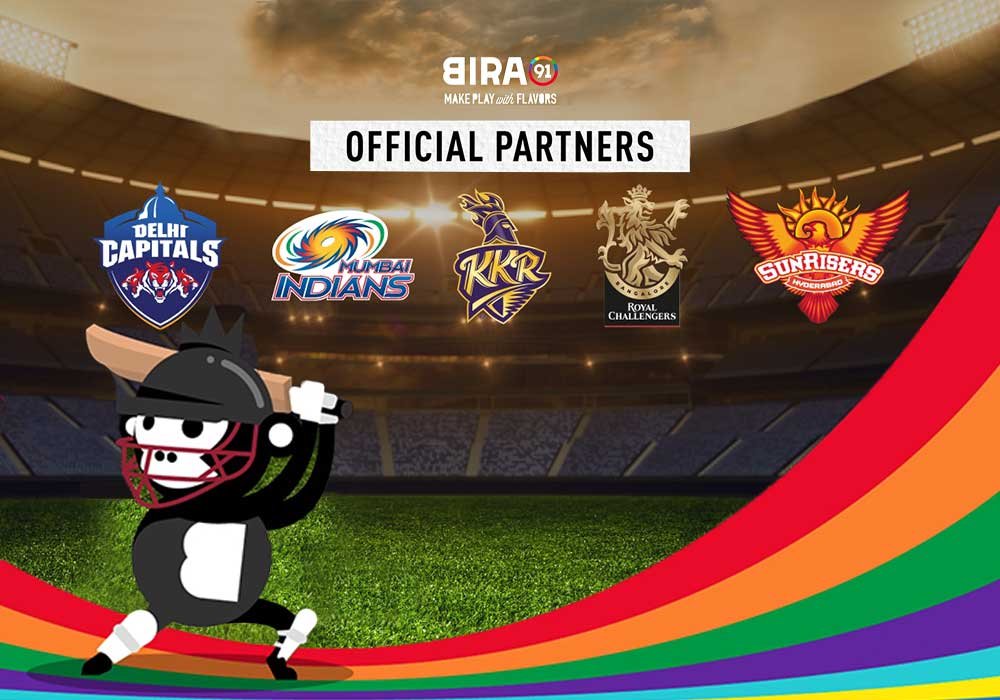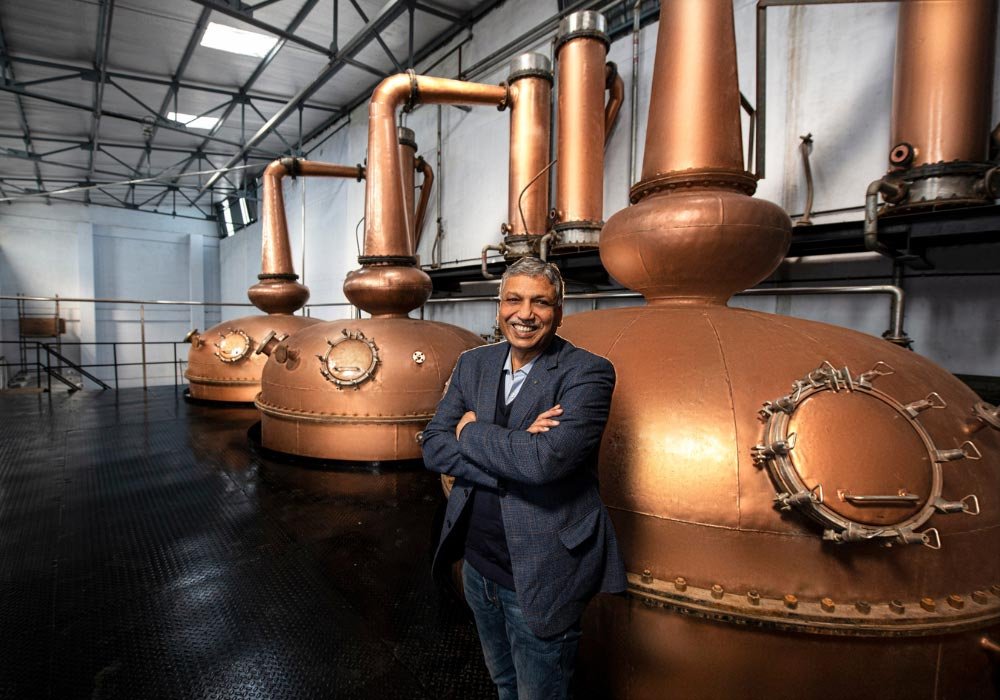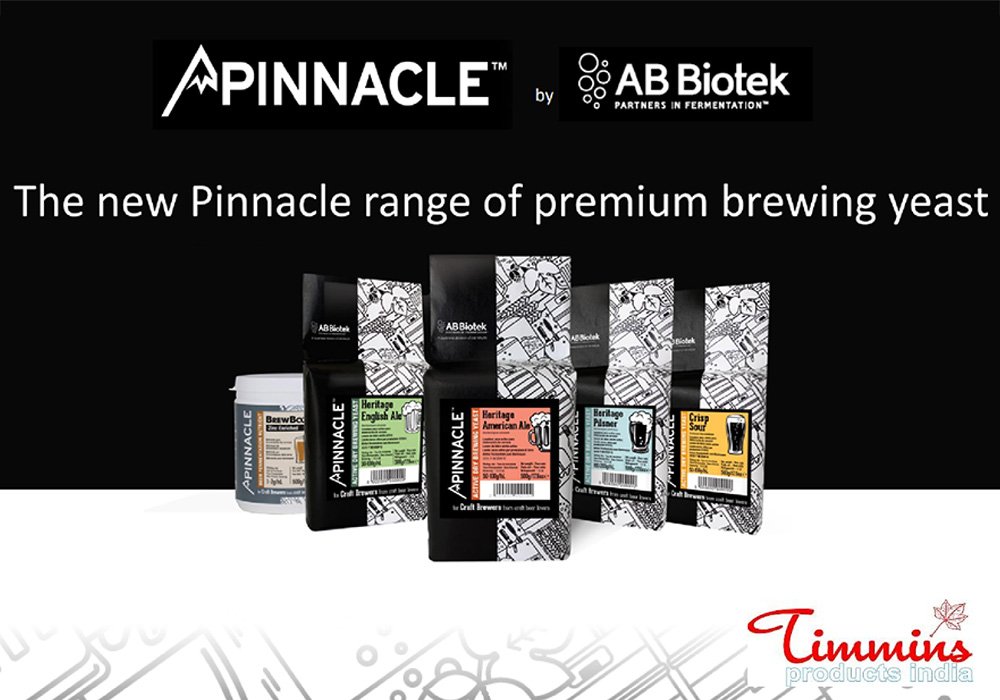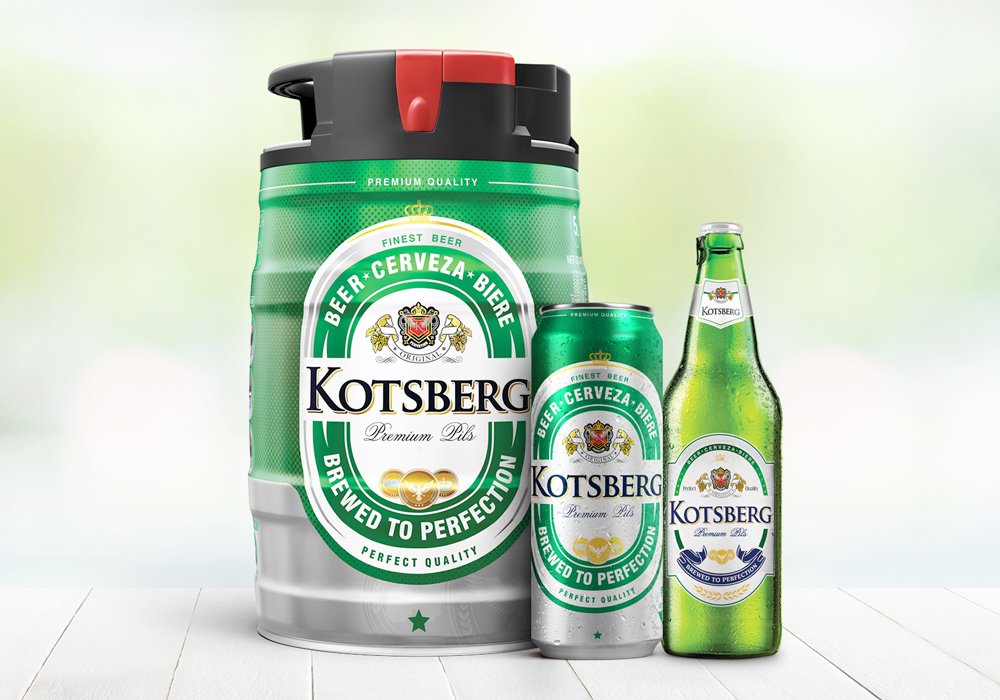
Beer is a very complex product and contains infinite possibilities of flavour, taste, palate etc. Beer comes in different types and styles and beer tastes and preferences change from Country to Country. Of late, Craft beer made in small quantities in microbreweries has become quite a rage, especially in the USA.
Consumers drink and enjoy beers in their homes, pubs, bars, in the company of friends. Beer is in fact the new fun drink to be had with friends, families, colleagues etc. One must understand the different styles and types of beers as well as the different /aspects of beer quality in order to fully enjoy the product.
There are basically two beer types in India depending on the yeast used for producing the beers – lager and ale. India is predominantly a lager producing Country. Lager beer use bottom fermenting yeasts where the yeasts settle down in the tanks after the beer is fermented while the ale yeasts use top fermenting yeasts. The tastes and flavors vary quite significantly in the beers produced from these yeasts. This is followed by differences in beer styles e.g. IPA’s, Ales, Pale Ales, Dark Ales, Stouts, Pilsners etc.
[caption id="attachment_25283" align="aligncenter" width="1000"]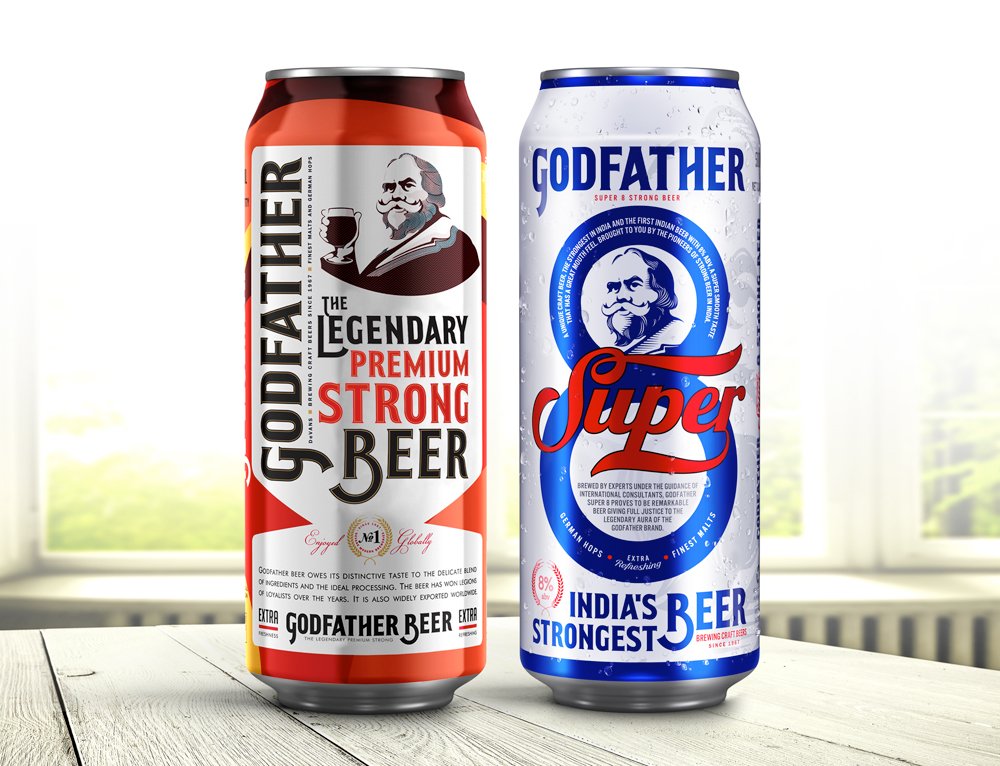 Godfather Premium Strong & Godfather Super 8[/caption]
Godfather Premium Strong & Godfather Super 8[/caption]
However, since India is basically a lager beer drinking Country I would therefore limit myself to lager beers only.
Physical Appearance: Lagers range from extreme pale, through amber to dark brown and black colors. Typically, they are sparklingly clear and free from sediments. However, young and unfiltered versions such as Kellerbier are somewhat hazy.
Head: The first thing we see when we pour our beers is the head which indicates the foam that settles on top of the beer. The foam should be stable and last long. However, the foam may not form due to various reasons not connected to beer quality e.g. unclean glasses, low level of gas in the beer or even an extremely low temperature.
Cling: Cling or lacing refers to the foam sticking to the glass wall as you empty the glass. The foam forms rings or laces around the glass at different levels with each gulp which sticks to the glass so that when you finish your beer, the glass shows beautiful rings of foam. Again this may not happen due to unclean glasses.
Flavor: This is one thing which most of the Indian consumers do not look at. You would be surprised at the difference in beer flavors across brands if you sniff them together. Beer flavor should be clean and also justify the beer style it is supposed to represent. Beer flavors can be hoppy, estery (unfiltered versions), fruity, spicy, malty etc. Beers can also suffer from off flavors like sunstruck, metallic, buttery, sulphury (rotten eggs), stale, oxidised etc. While a couple of flavors can be detected easily, one needs to be trained for detecting most off flavors.
Thickness: Beers can be thick and chewy or light depending on the residual sugars that are left in the beer post fermentation. The residual extract can vary from 1 to 3 in Indian beers. Generally, beers containing more alcohol tend to be thicker than the lighter beers but there is no hard and fast rule for this.
Bitterness: Bitterness is imparted to the beer by addition of hops, a flower which contributes also to the flavor of the beer in addition to the bitterness. Beers should have a clean bitterness which should not linger in the throat but should vanish the moment beer is gulped down.
The combination of all the above items culminates in the taste of beer and contributes to the overall beer experience. Beer should have a clean aroma particular to the style it represents, clean bitterness, no off flavors and should be pleasant to drink.
The Indian palate does not like bitter beers and as such most of the Indian beers have low bitterness values. There are huge differences in beer taste and flavor across all brands which cannot be distinguished by a layman. However, the differences become quite apparent when different brands of beer are sniffed and blind tasted side by side and the results can be quite shocking for consumers. It would be worthwhile to try this in the comfort of one's home or in the company of friends or colleagues.
Article Authored By:
Prem Narain Dewan, Managing Director of DeVANS Modern Breweries



